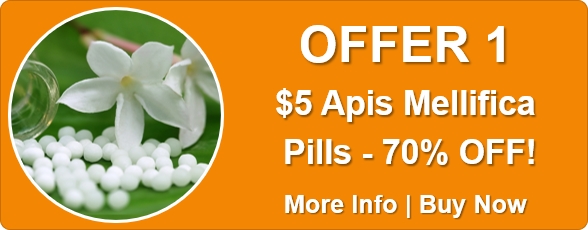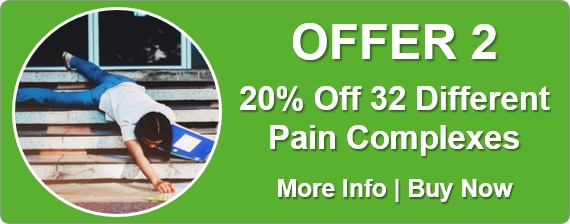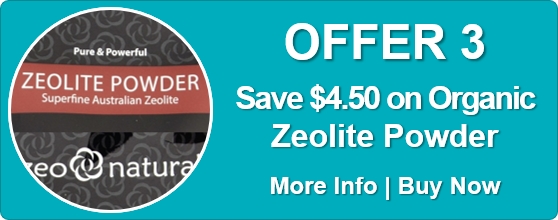Glossary
- Acute illness
- Aggravation
- agrohomeopathy
- Allopathy
- Disease
- Antidote
- Antipathy
- Aphorism
- Avagadro's number
- Bach flower remedies
- Bi-Phasal Action of Drugs
- Causation rubric
- Cell salts
- Centesimal
- Characteristic symptom
- Chronic Disease
- Classical homeopath
- Combination remedies
- Common symptoms
- Complementary
- Complete symptom
- Concomitant
- Constitution
- Constitution
- Constitutional homeopathy
- Constitutional treatment
- Contraria
- Cure
- Decimal
- Degree
- Doctrine of Signatures
- Drainage remedies
- Dynamisation
- Dynamisation
- Elimination rubric
- Aetiology / Etiology
- Fluxion
- Genus Epidemicus
- Genus epidemicus
- Grafting
- Healing crisis
- Hering's Law
- Holistic
- Homeopathic treatment
- Homeopathy
- Homeoprophylaxis
- idem
- Inimical
- Intercurrent
- isopathy
- Kent J. T.
- Keynote
- Law of similars
- Life force
- LM
- Materia medica
- Miasm
- Minimum dose
- Modality
- Naturopathy
- Nosode
- Nutritional medicine
- Organon
- Plussing
- Polycrest
- Potency
- Potentisation
- Potentised
- Primary effects
- Proving
- Psora
- Remedy
- Repertorise
- Repertory
- Rubric
- Samuel Hahnemann
- Sarcode
- Secondary effects
- Sensation
- Similia
- similia similibus curantur
- similia similibus curentur
- Simillimum
- Source
- Strange, rare, and peculiar
- Succussion
- Suppression
- Susceptibility
- Sycosis
- Symptom
- Symptom complex
- Syphilis
- Totality
- Trituration
- Vital Force







